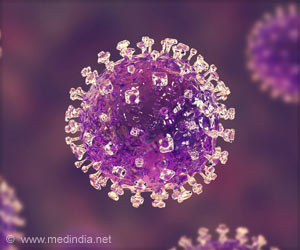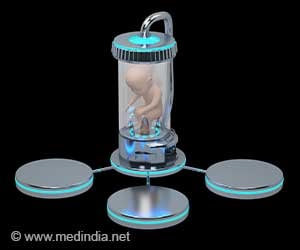
JIA is a chronic arthritis occurring in 1 in every 1,000 children; SJIA is a subset occurring in 10%-20% of cases, involving the body as a whole and impacting small joints such as hands, wrists, knees and ankles. In addition the autoimmune process that devastates the joints can also impact the heart, liver and lymph nodes.
Corticosteroids (CS) are a mainstay of therapy for SJIA however due to well-known long term side effects – including increased blood pressure and weight gain, increased risk of infections, high blood sugar (which can worsen or trigger diabetes) and osteoporosis – reduction of CS dose is desirable.
Dr Nicola Ruperto, lead author of the study speaking on behalf of the Paediatric Rheumatology International Trials Organisation said, "in addition to the evident efficacy of canakinumab in the treatment of SJIA, we now have additional evidence of its value in successfully tapering corticosteroid use. Any reductions that can be made in CS use will have significant long-term health benefits for children suffering from SJIA."
A total of 72% (92/128) patients using CS at baseline entered the CS-tapering phase, 44.5% (57/128) qualified as CS-tapering successes (primary endpoint). At the end of the CS-tapering phase 42/128 (33%) patients were CS-free and 24/128 (19%) had a CS dose ≤0.2 mg/kg/day (a secondary endpoint). The 42 patients achieving CS-free status vs. CS users at baseline (n=128) were older (median 9 years versus 8) and with a lower number of active joints and lower number of joints with limitation on motion (median 7 vs. 11, and 5.5 vs. 10).
Interleukin-1β (IL-1β) is a key driver in the pathogenesis of SJIA. Canakinumab, a selective fully human anti-IL-1β monoclonal antibody, has been shown to be efficacious in the treatment of SJIA.3In this Phase III clinical trial, patients (2-19 years of age) with active SJIA received subcutaneous injections of canakinumab (4mg/kg to 300 mg max) every four weeks during the maximum 20-week CS-tapering phase. CS tapering was initiated during this phase when at least an adapted ACR50* was achieved and there was no fever.
Advertisement
Source-Eurekalert














